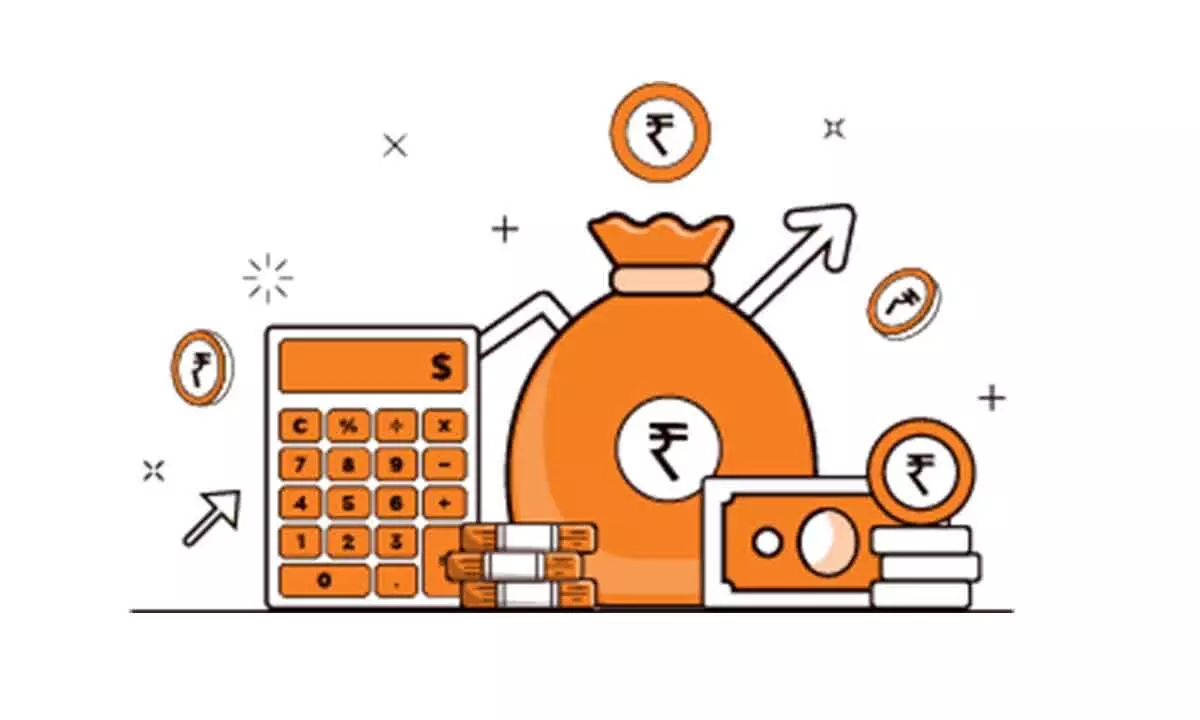The ‘real rate of return’ concept helps understand the purchasing power of money
Competition fuels an increase in deposit rates by commercial banks
image for illustrative purpose

“Kraya-shakti Ko Bas Bachaana Ho, Bachat Pe Rakho Haath Kraya-shakti Agar Badhaana Ho, Nivesh Ke Ho Lo Saath.”
Translation: If you want just to retain purchasing power of money, save it If you want to increase purchasing power of money, invest it.
The purchasing power of money is a very important concept, which is not well understood by investors, especially the first-time investors or those who swear by bank FDs.
The reason for such behaviour would be safety of the money, certainty of returns or just plain laziness. But we need to understand why money is required, at the end of the day and whether it is required as an exchange value of some goods or services. Either way one should aim for an increasing purchasing power.
Human behaviour can be understood by the story of King Midas, as he was known for his great wealth and love of gold. Despite his riches, he was not satisfied and always desired more.
Following a wish granted by Dionysus, everything that Midas touched turned into solid gold, including his food, drink and even his daughter when he reached out to embrace her. He quickly realized the devastating consequences of his wish.
This highlights that beyond a point, money or bullions by themselves won’t serve the basic needs of humans. In ancient times, money was required only to satisfy the need for goods and services.
Further we have seen the effect of demonetisation on ₹1000 & ₹ 500 denominations paper currencies. Once, they ceased to be legal tenders, they were merely pieces of paper. Exchange power of any article (gold, coins or paper notes) is essentially important for its acceptance.
It’s also important that our money outgrows the general increase in the price level in economy (inflation). Investors think that investing in a five per cent yielding FD is better as the absolute amount they would get is much higher. But, in fact, they completely miss factoring inflation and its perils of eating into the value of money in terms of purchasing power of goods and services.
This concept is called real rate of return, and it helps investors understand the true purchasing power of their money.
In simple terms, Real return= nominal return minus inflation. In financial terms, the formula can be written as: Real rate of return = (Nominal rate-inflation rate)/(1+Inflation rate)
Inflation simply put is reduction in purchasing power of money. For example with ₹100 you could buy one kg of premium tea today, assuming that the inflation is at 10 %. In one year your same ₹100 can only buy 909 gms of tea powder. (Assuming money was kept in cash)
Now assuming that the same ₹ 100 is invested in FD at six per cent interest rate, it will just help you to buy 963 gms less than the original quantity of tea powder (yet more quantity as compared to just keeping cash) after one year (taxation ignored). There is further reduction of gains (from investment) by impact of taxation about which we will deal separately later.
The RBI has increased rates in the past to suck liquidity out of economy with an aim to tame inflation thereby alleviating some of the pains of the consumers. Competition compels commercial banks to follow the suit and deposit rates are increased as an outcome. This helps restore some of the purchasing power to savers.
Policy rate movements are adjusted to align with expected inflation print (Refer graph) together with various global and other macro-economic indicators. All the non-listed fixed income yielding instruments are linked to inflation with it being pivot. Other factors may be issuers’ ALM, risk rating etc.
These instruments are called saving instruments. Investment instruments are primarily aimed at capital appreciation and have the potential to generate inflation beating return.
(The writer is senior vice-president, SBI Funds Management Limited; Translation and synopsis is by Sh Hussain Nagarwala, Dy. Vice-president, SBI Funds Management Limited)

